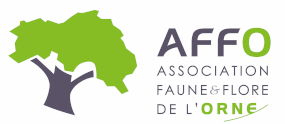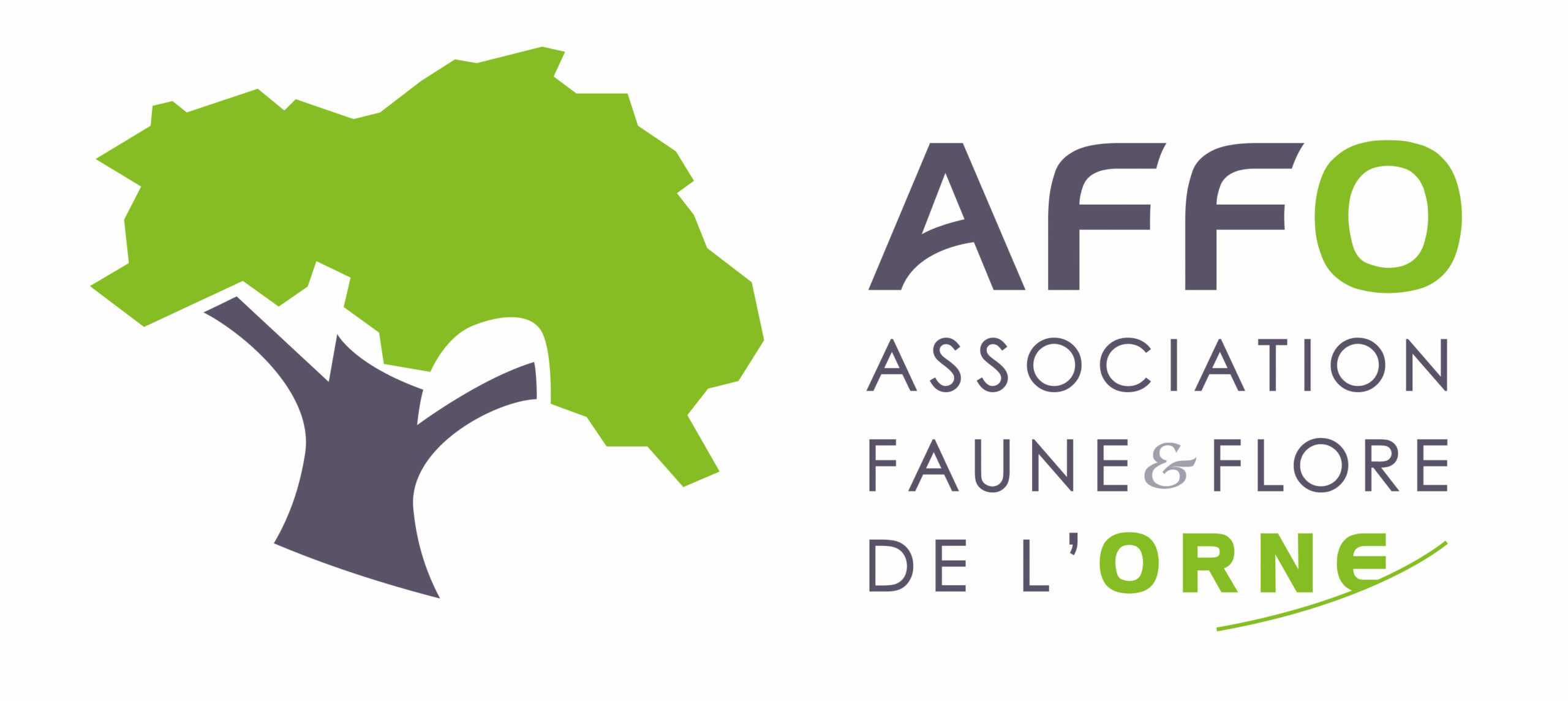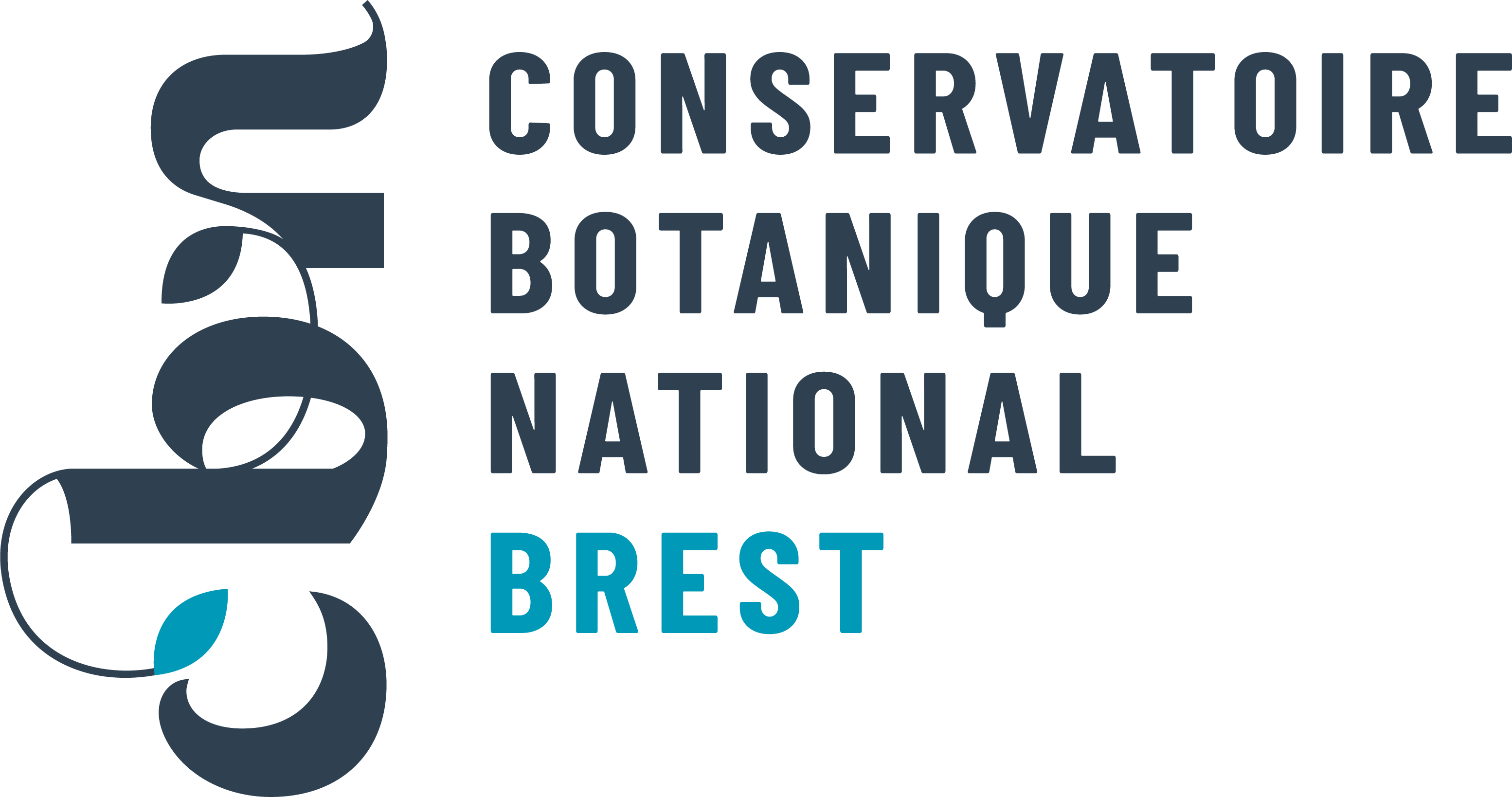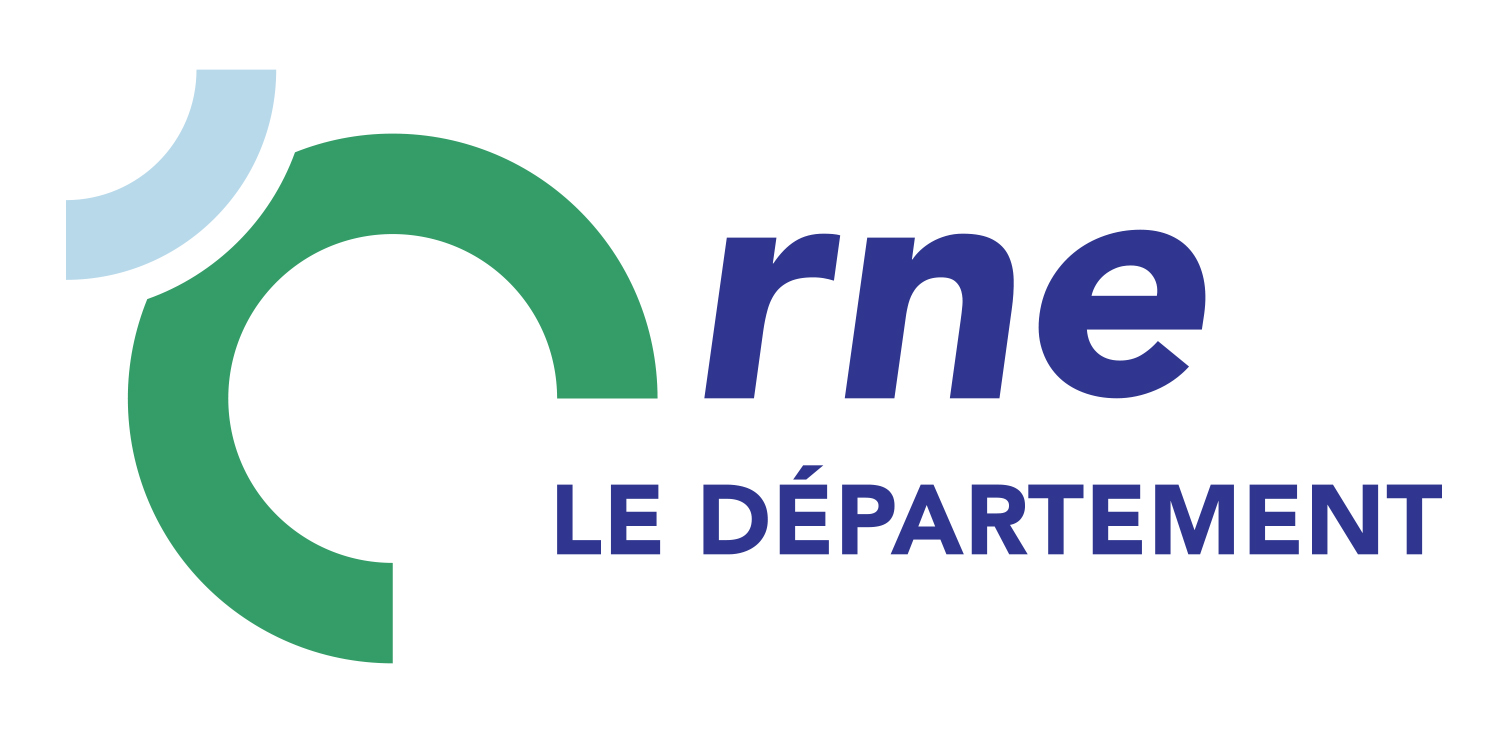Pilloselle officinale
Pilosella officinarum F.W.Schultz & Sch.Bip., 1862
Où cette espèce a-t-elle été observée ?
 Attention : cette espèce peut être présente où il n’y a pas de maille, mais à ce jour elle n’y a pas encore été observée.
Attention : cette espèce peut être présente où il n’y a pas de maille, mais à ce jour elle n’y a pas encore été observée.
- 338 observations
-
98
communes -
46
observateurs
10
organismes -
Première observation
1900 -
Dernière observation
2025
Arcisses - Bazoches-sur-Hoëne - Beaulieu - Belforêt-en-Perche - Belhomert-Guéhouville - Bellême - Berd'huis - Béthonvilliers - Bizou - Bonsmoulins - Bretoncelles - Ceton - Champeaux-sur-Sarthe - Chapelle-Guillaume - Chapelle-Royale - Charbonnières - Charencey - Chassant - Comblot - Combres - Corbon - Courgeon - Courgeoût - Cour-Maugis sur Huisne - Digny - Feings - Fontaine-Simon - Frazé - Igé - Irai - Jaudrais - La Chapelle-Fortin - La Chapelle-Montligeon - La Chapelle-Souëf - La Croix-du-Perche - La Ferté-Vidame - La Framboisière - La Gaudaine - La Madeleine-Bouvet - Lamblore - La Mesnière - La Puisaye - La Ventrouze - Le Mage - Le Pas-Saint-l'Homer - Le Pin-la-Garenne - Les Aspres - Les Autels-Villevillon - Les Corvées-les-Yys - Les Genettes - L'Hôme-Chamondot - Loisail - Longny les Villages - Louvilliers-lès-Perche - Luigny - Manou - Marolles-les-Buis - Mauves-sur-Huisne - Miermaigne - Montireau - Montlandon - Mortagne-au-Perche - Moutiers-au-Perche - Nogent-le-Rotrou - Nonvilliers-Grandhoux - Perche en Nocé - Pervenchères - Rémalard en Perche - Réveillon - Rohaire - Sablons sur Huisne - Saint-Aubin-de-Courteraie - Saint-Cyr-la-Rosière - Saint-Denis-sur-Huisne - Sainte-Céronne-lès-Mortagne - Saint-Germain-de-la-Coudre - Saint-Germain-de-Martigny - Saint-Germain-des-Grois - Saint-Hilaire-le-Châtel - Saint-Hilaire-sur-Erre - Saintigny - Saint-Jouin-de-Blavou - Saint-Langis-lès-Mortagne - Saint-Mard-de-Réno - Saint-Martin-des-Pézerits - Saint-Martin-du-Vieux-Bellême - Saint-Maurice-Saint-Germain - Saint-Ouen-de-Sécherouvre - Saint-Pierre-la-Bruyère - Saint-Quentin-de-Blavou - Saint-Victor-de-Buthon - Senonches - Soligny-la-Trappe - Thiron-Gardais - Tourouvre au Perche - Val-au-Perche - Verrières - Villiers-sous-Mortagne
-
Association Faune & Flore de l'Orne (AFFO)
Participation à 216 Observations
Part d'aide à la prospection : 63.91 %
Fiche organisme
-
Conservatoire Botanique National de Brest (CBNB)
Participation à 138 Observations
Part d'aide à la prospection : 40.83 %
Fiche organisme
-
PNR et géoparc mondial UNESCO Normandie-Maine
Participation à 137 Observations
Part d'aide à la prospection : 40.53 %
Fiche organisme
-
Conservatoire botanique national du Bassin parisien (CBNBP)
Participation à 58 Observations
Part d'aide à la prospection : 17.16 %
Fiche organisme
-
Institut floristique franco-belge (IFFB)
Participation à 16 Observations
Part d'aide à la prospection : 4.73 %
Fiche organisme
-
UMS PatriNat (OFB-CNRS-MNHN)
Participation à 12 Observations
Part d'aide à la prospection : 3.55 %
Fiche organisme
-
Ministère de la Transition écologique et de la Cohésion des territoires
Participation à 4 Observations
Part d'aide à la prospection : 1.18 %
Fiche organisme
-
Conseil départemental de l'Orne (bureau ENS)
Participation à 3 Observations
Part d'aide à la prospection : 0.89 %
Fiche organisme
-
Système mondial d’information sur la biodiversité (GBIF)
Participation à 1 Observation
Part d'aide à la prospection : 0.30 %
Fiche organisme
Informations espèce
Elle fréquente les prés secs, les pâturages et les pelouses jusqu’à 3 000 m.
Source : Biodiv'Écrins, Parc national des Écrins
E1.271 : Southern Britannic Xerobromion grasslands
E1.2822 : Pelouses sur sables acidoclines d'Europe centrale
F4.2162 : Montane eastern Carpathian bilberry-ling heaths
Répartition actuelle en France métropolitaine
© INPN - Avertissement : les données visualisables reflètent l'état d'avancement des connaissances et/ou la disponibilité des données existantes au niveau national : elles ne peuvent en aucun cas être considérées comme exhaustives.
Répartition actuelle dans le monde
Avertissement : les données visualisables reflètent l'état d'avancement des connaissances et/ou la disponibilité des données existantes au niveau mondial : elles ne peuvent en aucun cas être considérées comme exhaustives.














